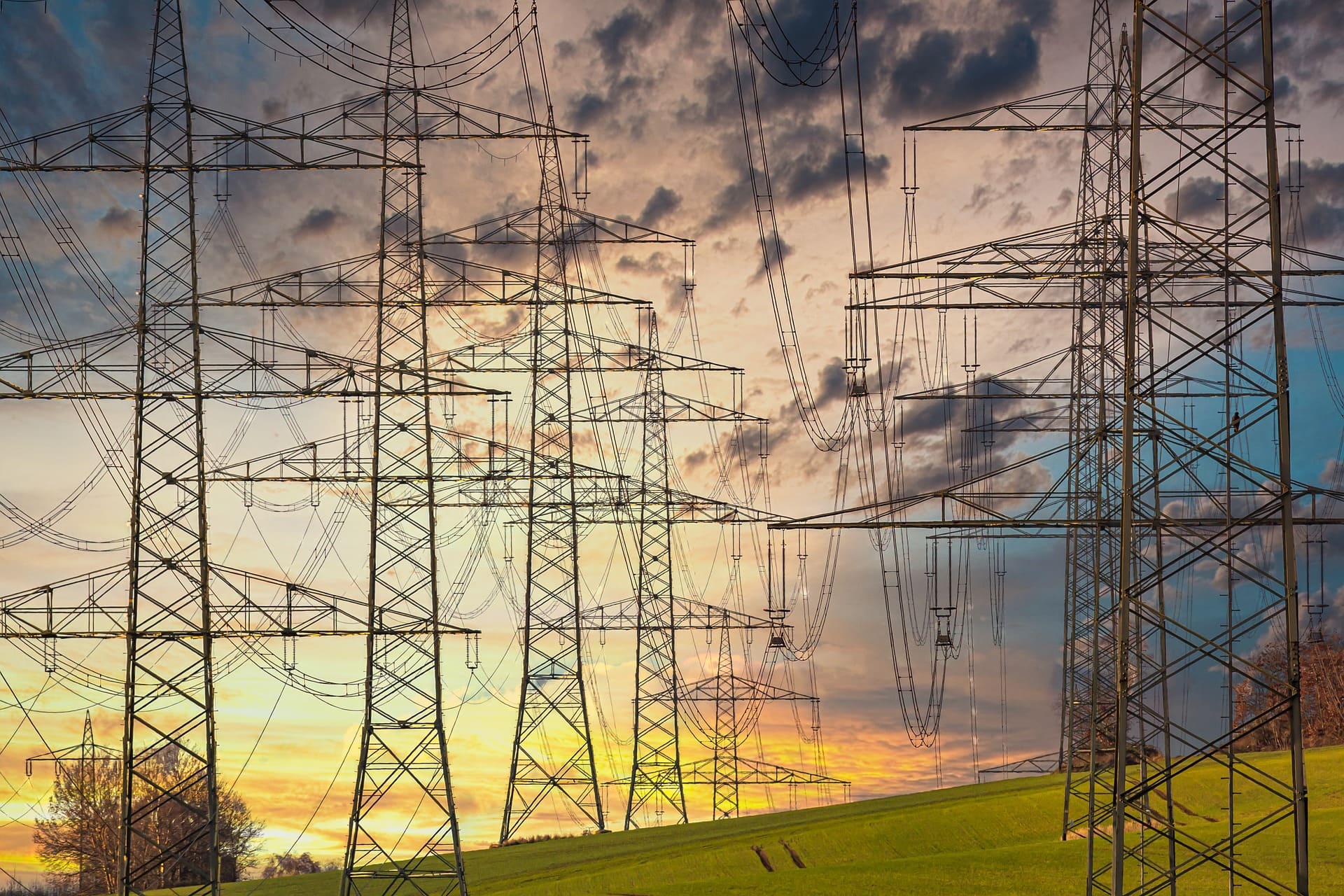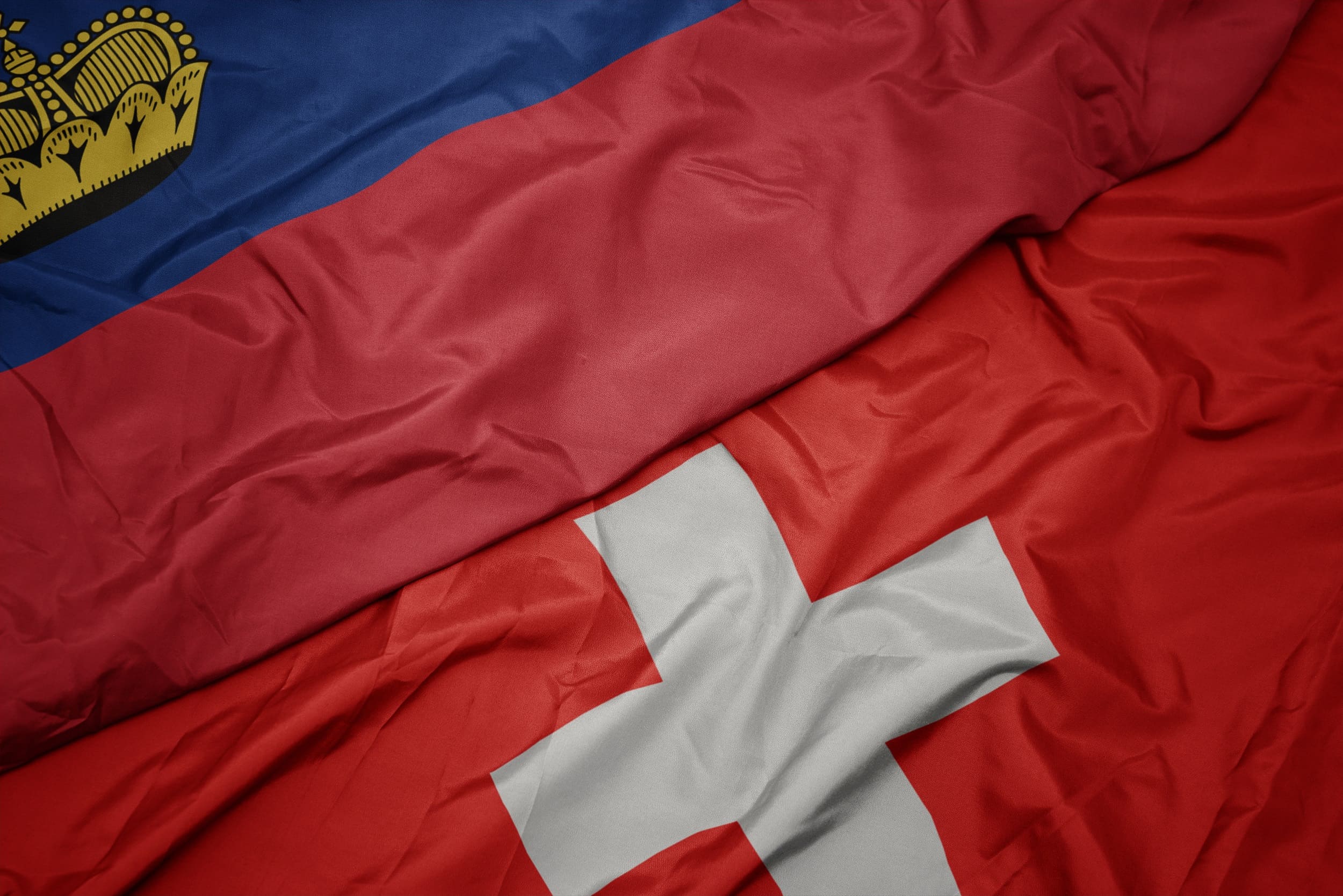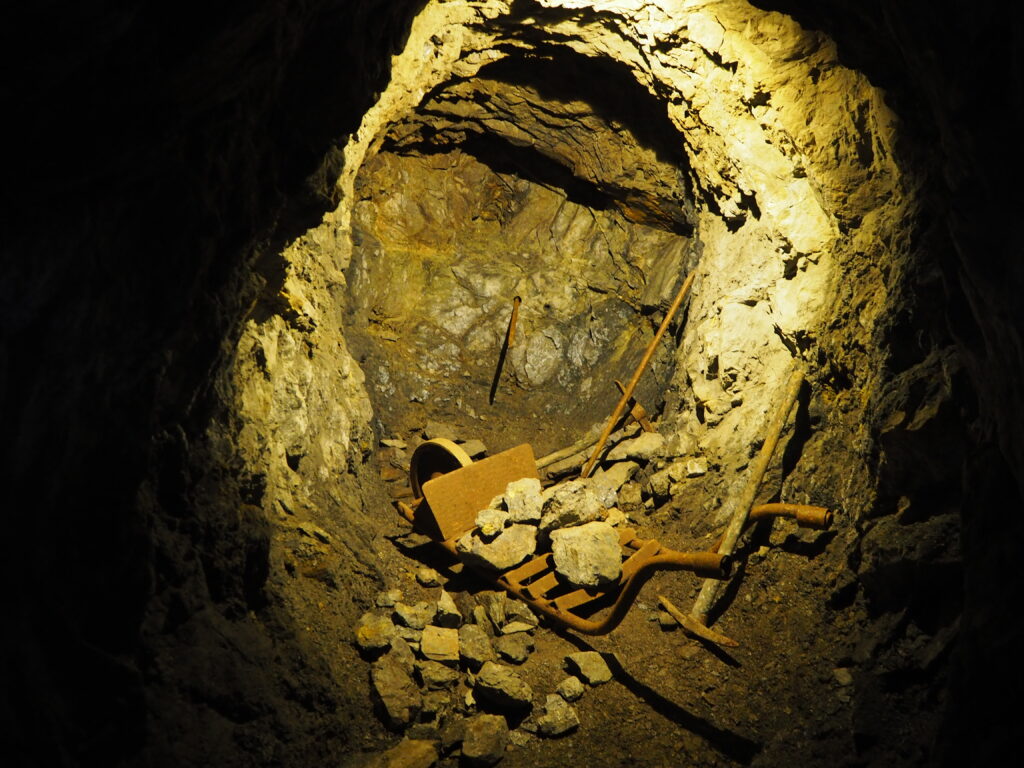Assets are secure even in the event of a power shortage
Additional information > Prevailing conditions for value storage in Switzerland and Liechtenstein > Power outages: The potential risk to stored assets
What danger do blackouts and brownouts pose to stored assets?
Nowadays, most systems, including many security installations, are connected to the power grid. But what if a power outage or power shortage occurs? What happens during a blackout or brownout? And would a power-grid breakdown compromise the secure storage of assets in Switzerland? These questions are justified because modern safe deposit facilities are often protected by electronic locks.
Energy is part of our society’s critical infrastructure. For many decades there was no shortage of electricity supply in Europe. But events such as the Ukraine war and the associated EU (European Union) sanctions against the Russian state have changed the situation on the continent. While some EU electricity is still generated via fossil fuels, the European mainland now prefers to avoid using Russian gas and oil. At present, generating electricity from renewable sources such as solar and wind power does not provide the quantities and predictable stability businesses and private households have come to rely upon. So fuels have to be sourced from other parts of the world to make up the deficit. This has resulted in price increases and supply restrictions, particularly in 2022 and 2023. Germany’s phasing-out of nuclear power and the shutdown of some of the remaining power plants has further exacerbated an already tense situation.

Switzerland was an early adopter of hydropower as a progressive and sustainable source of energy, thus substantially contributing to the nation’s energy independence. However, as a result of falling water levels, this Alpine state also has to import electricity from the EU over the winter months. This dependency could potentially result in an electricity shortage in Switzerland. You can read more about the likelihood of such a scenario in the section “Are power outages a distinct possibility?”
Controlled and uncontrolled power outages
Power outages and power shortages generally have different causes. The precise terminology used to describe an interruption to power supplies depends on the circumstances of the event: Sudden power outages, known as blackouts, are often due to a disruption in network operations. They can occur unpredictably due to damage to cables, for example during construction work, but may also be caused by natural disasters or terrorist attacks. Depending on the cause, such power outages can last from a few hours right up to to several days, weeks or even months. Larger regions, perhaps entire federal states and cantons, can also be affected. However, this does not always necessarily mean there will be an insufficient supply of electricity.
If power shortages occur, then the energy supply may be interrupted in a controlled manner for a defined period of time. Experts term such instances a ‘brownout’, which, as well as being time-limited, may also apply only in certain regions. However, such electricity supply shortages can be mitigated, or even avoided, via the deployment of certain precautionary measures. You can read about the catalogue of measures Switzerland can apply in such scenarios in the section entitled “Switzerland and its risk-preparedness measures”.
Detailed definition of a blackout
A blackout is an unforeseeable event. Such uncontrolled power outages can be caused by a storm or some other natural disaster. These power failures can have both regional and supra-regional effects. Depending on the extent of the outage, the damage may be repaired quickly, or require more complex repairs lasting anything from a few days up to several months. In the meantime, backup power generators and power generators running on gasoline or diesel can be used to bridge any power gap. During terrorist attacks, power lines are often deliberately targeted and totally destroyed with the intention of causing lasting damage to the infrastructure.
Blackouts have a direct impact on all areas of daily life. As a rule, road traffic is severely restricted and gaps in the supply chains affecting food and important raw materials can soon arise. Manufacturing companies are often forced to halt production and losses running into millions can ensue. Depending on the extent of a power outage, citizens may be subject to curfews and experience severely restricted communications.
Definition of a brownout and its benefits
Unlike blackouts, “rolling” brownouts are controlled and carried out with government approval. They come into play when an actual power shortage occurs and the energy supply can no longer be 100% guaranteed. The power supply is then deliberately interrupted for a specific region, and for a defined period of time. However, these brownouts are not “sudden emergency” events, and must be announced well in advance so citizens and industry can make the necessary preparations. Hospitals and other medical care facilities are generally excluded from these measures.
In a controlled brownout, power is intentionally turned off to compensate for a temporary shortage of supply. When demand exceeds the available supply, there is a disconnection from supply lasting several hours, but this may only affect certain regions, or some parts of a city. Once the time window expires, the power supply is restored and then switched off in another area. This kind of rolling shutdown is planned to avoid the risk of a nationwide energy collapse and always aims to minimise whatever restrictions are imposed upon each individual region.
During a rolling brownout, normal communication channels tend to be unaffected, or at least only affected for a short time. Furthermore, these temporary restrictions are not anticipated to cause large-scale and/or long-lasting disruption to road traffic. Such measures are always limited, temporary restrictions in designated regional areas, carefully configured to maintain power supplies throughout the nation.
Are power outages a distinct possibility?
Realistically, unforeseen regional power outages caused by storms or powerline failures will continue to occur. However, Switzerland is not currently anticipating the kind of massive blackouts which could affect entire cantons, or even the whole country. Nevertheless, the Federal Council did carefully consider the possibility of a rolling brownout in 2022 and has drafted a four-stage emergency plan to secure the country’s electricity supply. Among other things, this provides for restrictions on the use of electric cars, escalators and streaming services.
These electricity-saving measures are intended to take effect in the event of a crisis if there should be an acute electricity shortage. Especially in winter, Switzerland imports larger amounts of electricity from Europe to cover its total annual demand of almost 60 billion kilowatt hours (Statista, 2021). And during the winter of 2022/23, the Federal Council feared a general shortage due to events in Ukraine. However, that particular emergency situation did not materialise.

Are precious metals still stored securely in the event of a blackout?
Thanks to the ever-increasing complexity of the European power grid, blackouts due to unforeseen events can occur at any time, as some examples below will demonstrate. Independent providers like Swiss Gold Safe have appropriate security measures in place to ensure crisis-proof storage of precious metals or other valuables such as luxury watches. These measures include, for example, the installation of emergency power generators to maintain a continuous power supply to high-security systems. The same approach also applies to the protection of segregated individual storage of precious metals, such as bank-independent safe deposit boxes in Switzerland or bank-independent safe deposit boxes in Liechtenstein.
In addition, Switzerland is considered an optimal location for storing precious metals. It can be advantageous for both private and institutional investors to store some or all of their assets here regardless of where they live. Experts refer to this strategy as geographical diversification. In addition, Swiss Gold Safe’s high-security buildings are located outside metropolitan areas, which further reduces any risk to stored investment gold and mitigates the potential effect of any possible blackout or brownout.
Last but not least, the physical security of safe deposit box facilities also plays a crucial role in the event of a power outage. It is vitally important that fully insured safes continue to offer comprehensive burglary protection at all times. That’s why Swiss Gold Safe acted promptly and professionally to deal with such potential issues at an early stage by putting precautions in place. Today’s bank buildings or fully automated safe deposit systems sometimes provide only limited security in such circumstances.
A sample of relevant world events
Various events in recent decades have helped European governments better understand the dangers posed by electricity shortages and demonstrated the need to take protective measures in a timely manner. Here are a few examples: In August 2003, around 55 million people in the USA and Canada were affected by a power outage lasting up to five days. The background context was outdated networks and consequent breakdowns at several power plants.
High temperatures and the simultaneous overloading of the Swiss transmission and distribution network caused a massive blackout across Italy in September 2003. More than 55 million people were without electricity for one day. Consequential losses amounted to hundreds of millions. Heavy snowfalls caused chaos resulting in an electricity emergency in Germany’s Münsterland (North Rhine-Westphalia) through November and December 2005. Around 50 of the region’s electricity pylons collapsed under the extreme weight of ice and snow. As a result, around 250,000 people were left entirely without power for many days.
- NB: Further information about the Confederation's risk analysis can be found in the Swiss Civil Protection documentation (2022) on the subject of power outages.
Switzerland and its risk-preparedness measures
As a transit country, Switzerland plays a central role in the transport and distribution of electricity in Europe. These transfers normally run smoothly, but a massive incident occurred in January 2021 when a fault at a Croatian substation caused a sudden voltage drop across the European power grid. This affected Southeastern Europe in particular.
Among other things, it was largely thanks to prompt action by Swissgrid, the Swiss transmission system operator, that millions of households were spared power cuts potentially lasting for hours. By decoupling the network, a complete collapse and thus a widespread blackout across Europe was successfully prevented. This near-miss incident went completely unnoticed by most people on the European continent.
The national grid company Swissgrid is responsible for the secure operation and monitoring of the Swiss transmission and distribution network. It works closely with the Federal Electricity Commission (ElCom) to observe and monitor the development of the electricity markets with a view to ensuring a constant, cost-effective supply to all parts of the country. Once a significant threat to this security of supply becomes apparent, measures will be recommended to the Federal Council. Taking such appropriate action means the balance between energy production and consumption can be optimally adjusted at any time.
Overview of power outages and power shortages
- lectricity is part of Europe’s critical infrastructure. Currently, energy is largely generated via fossil fuels such as gas and oil, most of which was previously sourced from Russia.
- Although Switzerland has long successfully relied on sustainably produced hydro-electricity, this Alpine country still has to import electricity from Europe during the winter. So far, this arrangement has avoided emergency situations.
- Switzerland does not anticipate there will be widespread blackouts in the future. However, the Swiss Federal Council has developed emergency plans for rolling brownouts in order to be fully prepared for any crisis.
- Precious metals stored in Switzerland at Swiss Gold Safe will remain secure even in the event of sudden or controlled power outages. As a precaution, the company has put appropriate security measures in place.









